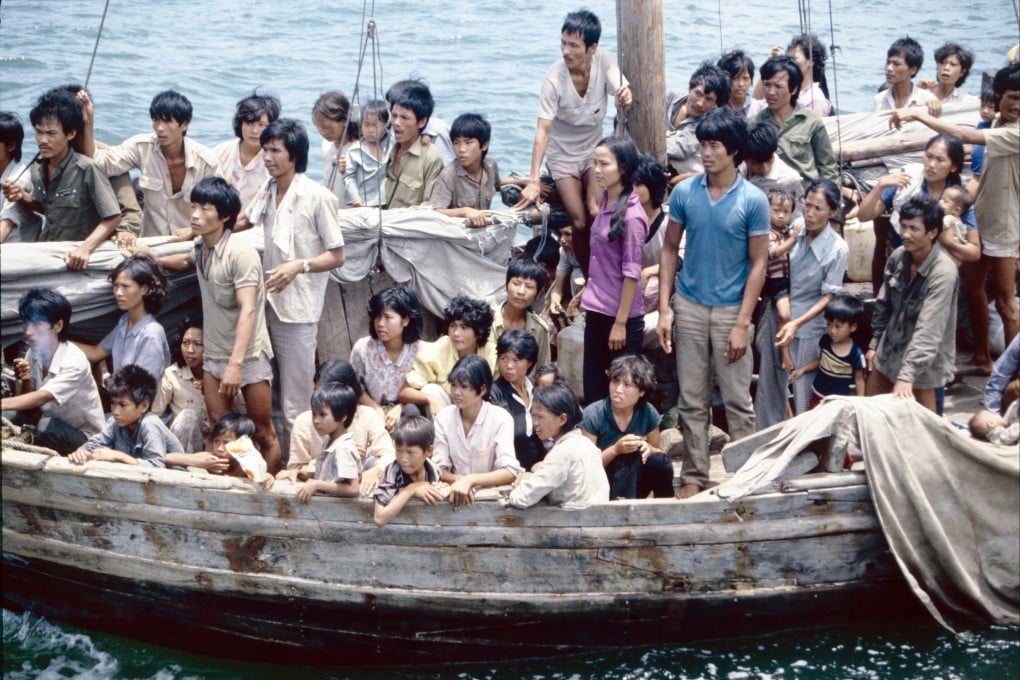Vietnamese boatpeople tell their stories for the first time to one of their rescuers, retired Hong Kong marine police officer Les Bird
- Marine police officer Les Bird was first on the scene when a ship carrying 1,433 Vietnamese refugees ran aground on Hong Kong’s Lantau Island in 1979
- Via a contact, an ex-refugee, Bird reached others who told their stories for the first time; they appear alongside policemen’s accounts in a book about the ship

For the 1,433 refugees fleeing Vietnam aboard rusty freighter the Sen On in May 1979, Les Bird was the first person they saw when the ship quite literally hit Hong Kong. The captain had abandoned the ship outside Macau and pointed the refugees in the general direction of Hong Kong.
None of the refugees steering the vessel had any experience with ships. Chased by the Marine Police, they decided their best bet was to ram the Sen On into a sandy beach on Lantau Island, thus forcing the Hong Kong authorities to take them in. In Hong Kong Bird, now retired, was the police inspector in charge of West Lantau at the time and the first on the scene.
“I was driving along South Lantau Road and got a radio call. I stopped, climbed over the hill and ran down to the beach. The ship had started to capsize and was tilting to one side,” says Bird, who snapped a quick Polaroid photo of the listing ship before helping rescue people.
Cang Dang, a former soldier in the South Vietnam Army, had helped steer the ship onto Lo Kei Wan Beach and remembers seeing Bird that day. At six foot four (1.93 metres) and the only white person there, Bird would have been hard to miss, but they didn’t speak then.

“There were 10 things to do all at the same time. There were the guys who were ashore, who were able-bodied, people in the water, people hanging off the ladder, terrified and dropping in and couldn’t swim,” says Bird, a patrol boat commander who in 1981 was concurrently given operational responsibility for Marine South Division – the waters to the south of Hong Kong that include the southern territorial boundary.